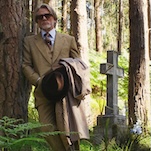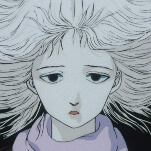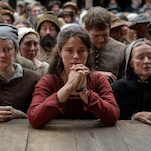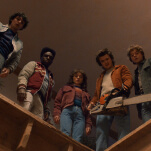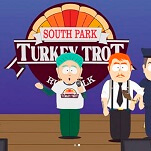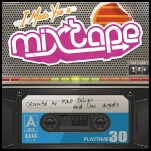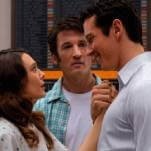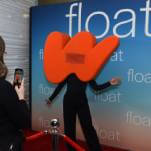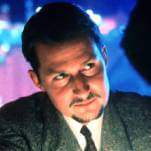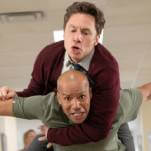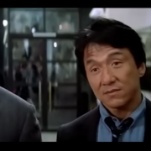Memento’s puzzle structure hides big twists and bigger profundities
“Don’t believe his lies” —Memento
I first saw Memento at a public screening at the 2000 Toronto International Film Festival, well before Christopher Nolan was a known quantity, much less the semi-reclusive maestro behind The Dark Knight trilogy. What stands out about the screening—other than the bolt-from-the-blue excitement of seeing an as-yet-unheralded masterpiece—was the Q&A session with Nolan that followed. Generally, festival Q&A sessions are acutely embarrassing forays into the trivial or creepy, with people either asking obscure and irrelevant questions, launching into rambling soliloquies that never coalesce into questions, or simply offering everyone a window into their madness. Memento was different: They wanted Nolan to recount to them, in specific detail, what they just saw—to pick up the shards of plot points, twists, and temporal convergences that were still swimming around in their heads. Could there be a more perfect reaction to a movie about how we remember things?
The worst that can—and has—been said about Memento is that it’s an airless gimmick, visually undistinguished, and not even all that sophisticated when the puzzle pieces are finally put together. Both criticisms have some merit: Nolan’s alternating use of black-and-white and color is striking but not expressive, more about fulfilling a narrative strategy than giving his neo-noir the visual richness of the classics. And even Nolan has admitted that the story isn’t all that complicated once the backward chronology is straightened out. But in the film, the backward chronology isn’t straightened out, and the layering of black-and-white and color scenes does serve an important purpose, even if the photography itself doesn’t brand upon the brain. The only regrettable part of that Q&A session with Nolan is that getting all the facts straight isn’t the point—it’s the way we sort them out that matters. For Nolan, hearing the bunk theories and misinterpretations from the audience had to be the ultimate validation.
Having seen Memento several times now, I still haven’t come close to answering (or even thinking to raise) many of the questions, big or small, the film inspires—that task belongs to obsessives like Andy Klein, who wrote this exhaustive/definitive user guide for Salon back in June 2001, and this chart detailing the complicated progressions of story and plot, which was found as a special feature on the DVD. (A DVD with a menu screen that nearly requires Polaroids and arm tattoos just to navigate.) But more than clearing up the puzzle constructed by Nolan and his brother, Jonathan (who wrote the short story, “Memento Mori,” on which it was based), repeat viewings have helped mostly to make its insight into the nature of memory all the more moving and resonant. Wipe away some of the confusion about who-did-who-with-the-what-now, and it’s easier to focus on Memento’s whys and hows, and how the patterns of deception that run through its hero’s head are common to all of us, not just those afflicted with fake movie conditions.



